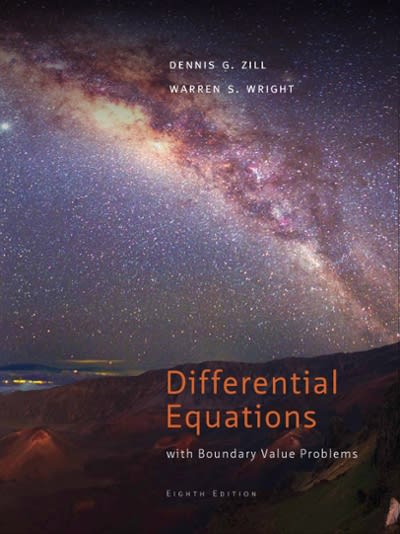Question
Question: Defining a direction for your database and describing how it will be used is a great first step, and this what you accomplished for


Question:
Defining a direction for your database and describing how it will be used is a great first step, and this what you accomplished for Iteration 1, but this is just the beginning of the process. Your goal is a live database that supports the organization or application that uses it; several more components need to be created to make this happen. You will create two such components in this iteration.
Your next step is to design your database at a higher level more formally. Structural database rules are a great place to start, a useful tool to frame and guide your design. Structural database rules are written carefully to ensure that they define specific components and constraints for your database. You create these for your database in this iteration, then create entity?relationship diagram (ERD), a universally accepted method of visualizing database schemas. With your structural database rules and ERD, you can articulate and visualize the data and relationships that exist in your mind for your database. Structural database rules and ERDs are the foundation of your database design.
Project Direction Overview
Update the overview that describes who the database will be for, what kind of data it will contain, how you envision it will be used, and most importantly, why you are interested in it.
Use Cases and Fields
Update the five or more use cases that enumerate steps of how the database will be typically used and identify significant database fields needed to support each use case.
Structural Database Rules
Replace this with a list of structural database rules for all significant entities and relationships, with the constraints defined, based upon the use cases you defined, along with supporting explanations.
Conceptual Entity-Relationship Diagram
Replace this with an initial conceptual ERD that visualizes the structural database rules, along with supporting explanations.




Step by Step Solution
There are 3 Steps involved in it
Step: 1

Get Instant Access to Expert-Tailored Solutions
See step-by-step solutions with expert insights and AI powered tools for academic success
Step: 2

Step: 3

Ace Your Homework with AI
Get the answers you need in no time with our AI-driven, step-by-step assistance
Get Started


